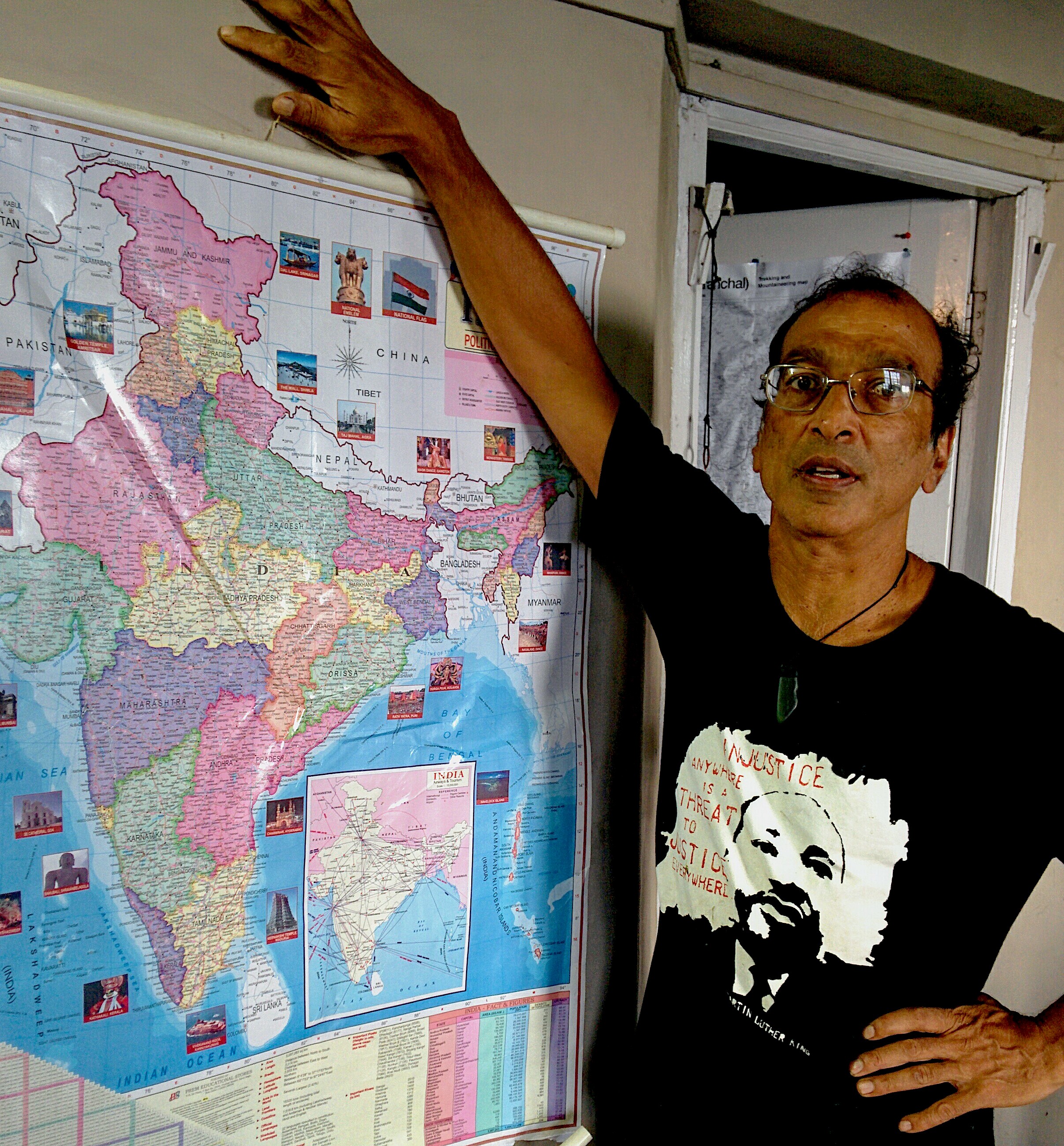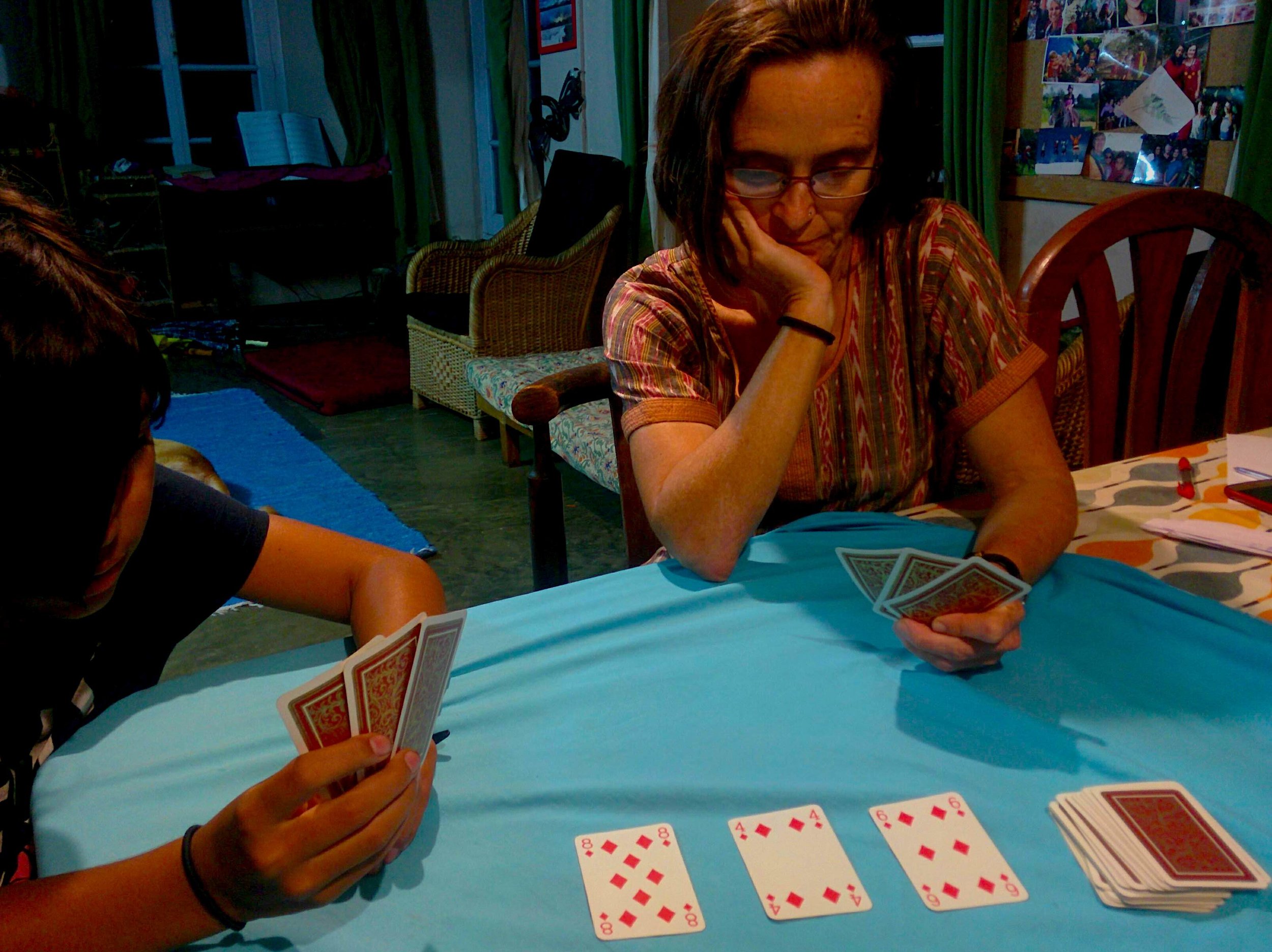Way back, in a lost life on a distant planet, I was an emergency doctor. Back then I had to answer questions all the time: questions from staff (“How fast should I run this saline, doctor?”), from patients (“How long till I walk on this ankle?”), from colleagues, lab staff, administrators, relatives. Most of all questions from damaged anatomical and physiological systems (“what”s your next step to get oxygen to this dusky, pulseless foot for a patient with a fractured femur and hypotension?”). That was my job. The answers could be multiple, complicated and urgent: “Nurse, please give oxygen at 6 L a minute, run a litre of saline stat, then get a syringe, 22 gauge needle and 10 ml of 2% marcaine. I’ll do a femoral block, you prepare a splint and we’ll reduce the fracture”. Complicated, urgent multiple yes, but not hard. There are predefined answers to nearly all ED questions, procedures and protocols for many of them, and randomised double blind controlled trials (done or planned) to answer the rest. Urgent complicated, sometimes technically challenging yes, but life on Planet ED was not conceptually difficult.
Then I landed on development and evaluation, a planet populated by a different class of questions. Questions like ‘What, in this poor Himalayan village, might increase snow leopard numbers and improve human livelihood?”. Design and evaluation specialists don’t have a “Nurse, run a snow-leopard-survival/human-livelihood solution kit stat” option. There are no protocols nor pre-formed solutions. Out here answers don’t come from randomised double-blind trials. It is not even clear if answers are hiding in the environment, social systems, political decisions or in unseen spaces between them. And how to think about resource partitioning between survival of a threatened iconic species versus Tibetan villagers’ health, wellbeing or even lives? Ethical decisions are everywhere! There are answers to these hard questions blowing in the wind (softly) but it requires skill to hear them and wisdom to know which whispers to amplify, which are background noise. In David Snowden’s video on the Cynefin Framework (inspirational in my early days in development) he explains what happened: I’ve flown from complicated Planet ED to the complex galaxy where different decision making schemes apply. Snowdewn suggests here one might “…get lots of different people together from lots of different backgrounds in the desperate hope that somebody will come up with the right solution...” (don’t try this in an emergency room) and goes on to say “...that’s quite a good strategy.”
What if you faced a genuinely hard question like “ethical leadership in complexity”? It is not clear what it is, let alone how to facilitate it nor what might measure it. Cynefin theory says “get lots of people from lots of backgrounds together”. That’s exactly David Snowden did. Last week he posed “Ethical Leadership?” as a question to a diverse bunch of people in O’Reilley’s Raiforest Retreat two hours from Brisbane. I was one of those people, my participation enabled by a generous Cynefin scholarship. What a privelige!
Ideas crystallising into honey
True to principle Snowden and his team maximised diversity. Participants included an engineer running an innovation business, an IT business leader from Germany, an American living in the Philippines working in pharmaceuticals, social scientists, a health and safety consultant, academics working on complexity, a community lawyer and more. No ‘professional silo’ even two people high could be found. Not only did Snowden maximise diversity, he also provided a structure for our diversity to interact deeply but fluidly. On day one a moral philosopher, an academic and thinker in complexity and an indigenous Māori man working in health for a New Zealand consultancy presented, from very different perspectives and personal histories. None knew what the other would say. The shape of the question and where one would look for answers was so different for each- the philosopher focused on how she saw ethics, the Māori guy emphasised leadership, groups and distributed power in a Māori world view, the academic thought part of ethical leading is redefining, reframing and widening solution spaces. Fascinating.
Honey into Honeycombs
These three “eagles'” higher level overviews were then pecked over on the ground by the rest of us in ‘raven groups’ of three. Over ample time in the sun we synthesised then fed back what we heard from each eagle. Each group’s nuggets were similar to and different from other groups’. Four raven groups of three (collective noun: “a treachery of ravens”) became three “beaver colonies” of four. ‘Treacheries’ into ‘colonies’ and 4 x3 into 3 x 4 deliberately had us with new people and stimulated new group dynamics and self organisation. Beavers assiduously integrated thoughts and ideas which we wrote on hexagonal stickies- hexagonal to maximise opportunities for grouping and regrouping in 2-D space. (For smilar spatial reasons bees structure combs in arrays of hexagons and lava flows crack into hexagonal columns). By day two’s end three industrious, output-focused beaver colonies had recognisable structures emerging from day one’s floating fragments of ideas and thought twigs. On day three each eagle reflected what they’d assimilated then self-selected groups of three riffed off each other creating dyads, triads and canvases to probe ethical leading (the subtle difference between “leading”(verb) and “leadership” (noun) became increasingly important).
The process is not finished (will it ever be?). Cynefin will create a Sensemaker tool for field testing from our synthesised ideas to investigate ethical leading . I eagerly await that but in fact I already have so many gems. I was always as interested in the process (tackling unanswerable questions) as the product (what is ethical leadership in complexity?). The Cynefin retreat was fabulous on both fronts.
Some key reflections:
· Diversity of thought is critical in exploring hard questions.
· Soft signals are best heard when diversity meets safety. Sharing a wonderful space, eating together and staying in rainforest cabins with other participants nurtured trust and thus was part of the process.
· Structure is helpful to channel diverse thought. Three eagles from different perspectives synthesised by four ‘treacheries’ then three colonies then self selected groups had everyone’s expertise and experience flowing in and out of each other’s like a braided river, maximising the value of each individual contribution.
· Hard questions without formal answers can be meaningfully defined but probably only by groups , and with sufficient time.
Wisdom emerged out of a group with changing spaces, connecting diverse perspectives and shifting dynamics more than from any individual’s specific expertise or insight.
All the reflections above apply generally to any hard question in a complex decision making environments. As well as complex evaluations governance boards I serve on and collective family decisions immediately spring to mind for me.
I am very grateful I participated in this wonderful retreat. I loved being part of crystallizing an idea, learning a process, sharing experience and world views with diverse people and, most of all, making new friends. On Planet Development where I now live and work highly conceptual ideas like “ethical leading” are intensely practical. Programme design and evaluation out here in this infinitely complex world surrounded by hard questions is just the right place for me. I look forward to applying Cynefin’s ethical leading tool and more generally to fluidly combining diversity, creative structures and time to liberate soft answers to hard questions in other spaces.












